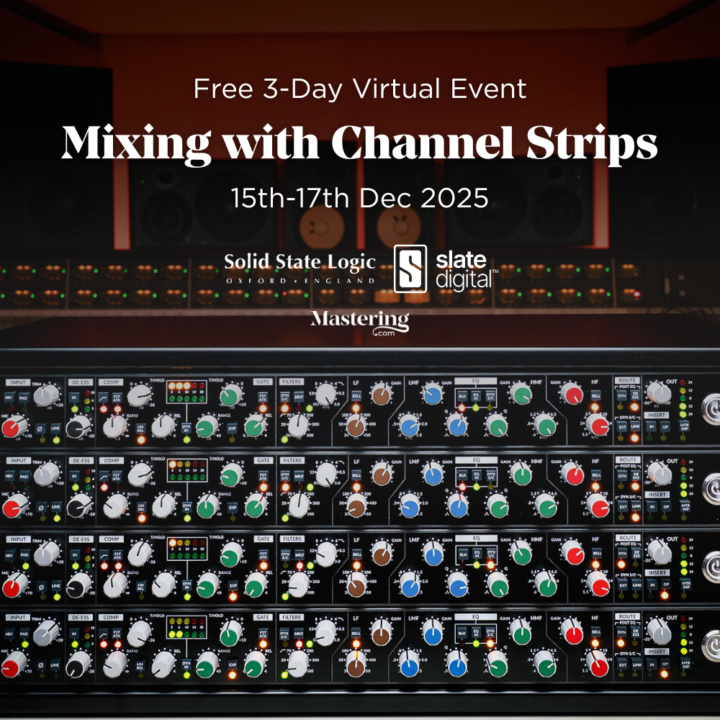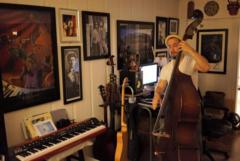Pinned
Start here
Welcome to any new members! Please start by watching this video, which will walk you through how this group works. If you want to upgrade, you can view plans and pricing here: https://www.skool.com/mastering/plans If you want to learn more about how paid membership works, along with curriculum breakdowns, FAQs and more, click here: https://courses.mastering.com/membership_info_skool Cheers, Rob

Pinned
New event: Mixing with Channel Strips 🎛️
Hey everyone, We're hosting a brand new, free 3-day event next week called Mixing with Channel Strips. It starts Monday Dec 15th at 10am Eastern (earlier than usual). I'll be mixing a song from start to finish, using only channel strips. This is a great way to force yourself to focus on core principles, while also keeping things simple and adding analog character. On day 3, we'll also master the track, and listen to your submitted mixes, with prizes for the best. This event is hosted in partnership with SSL and Slate Digital, and I'll be using a range of channel iconic channels trips from both companies (software and hardware). You can find the event here in the Calendar tab, or click the link below to go straight there. Then you can add it to your personal calendar and grab the Zoom link. https://www.skool.com/mastering/calendar?eid=89f5cc1651404379b25f7ba9c89c1a8f&eoid=1765810800 See you there! Rob

Foundation Method
I have the Mixing & Mastering Cheatsheet but it doesn't have the Foundation Method page. Is it supposed to have it?
Dec 2025 FTM - Valley of Death MIX
Had a go at this one yesterday evening - rather quick turnaround for me, so curious to hear what you guys think 😅 Vocals to up front? Guitars still a little loud? 🤔 (I realised this morning I should've pushed my master a bit more on my entry last night, but at least tried it on this one ... )
Music links
If you want to share a link to a new release or anything else music related, please post it in this thread. Thanks!
1-30 of 6,048

skool.com/mastering
This is a community for artists, producers & engineers who want to achieve pro quality in their music.
Powered by








